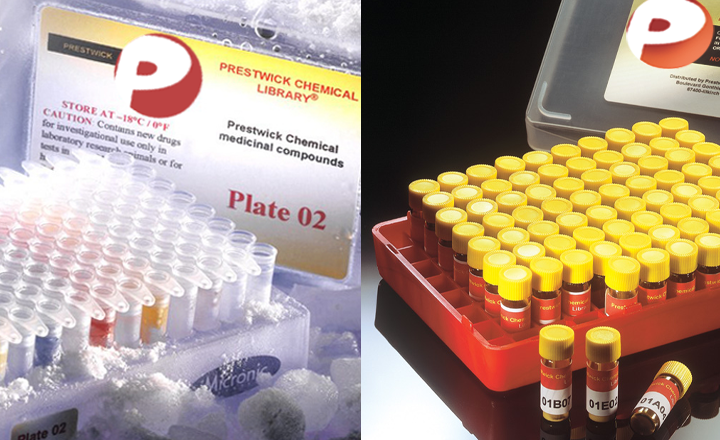Quantitative Automated Assays in Living Cells to Screen for Inhibitors of Hemichannel Function
Soleilhac E, Comte M, da Costa A, Barette C, Picoli C, Mortier M, Aubry L, Mouthon F, Fauvarque MO, Charvériat M
SLAS Discovery 1-8 (2020)
SLAS Discovery
In vertebrates, intercellular communication is largely mediated by connexins (Cx), a family of structurally related transmembrane proteins that assemble to form hemichannels (HCs) at the plasma membrane. HCs are upregulated in different brain disorders and represent innovative therapeutic targets. Identifying modulators of Cx-based HCs is of great interest to better understand their function and define new treatments. In this study, we developed automated versions of two different cell-based assays to identify new pharmacological modulators of Cx43-HCs. As HCs remain mostly closed under physiological conditions in cell culture, depletion of extracellular Ca2+ was used to increase the probability of opening of HCs. The first assay follows the incorporation of a fluorescent dye, Yo-Pro, by real-time imaging, while the second is based on the quenching of a fluorescent protein, YFPQL, by iodide after iodide uptake. These assays were then used to screen a collection of 2242 approved drugs and compounds under development. This study led to the identification of 11 candidate hits blocking Cx43-HC, active in the two assays, with 5 drugs active on HC but not on gap junction (GJ) activities. To our knowledge, this is the first screening on HC activity and our results suggest the potential of a new use of already approved drugs in central nervous system disorders with HC impairments.


